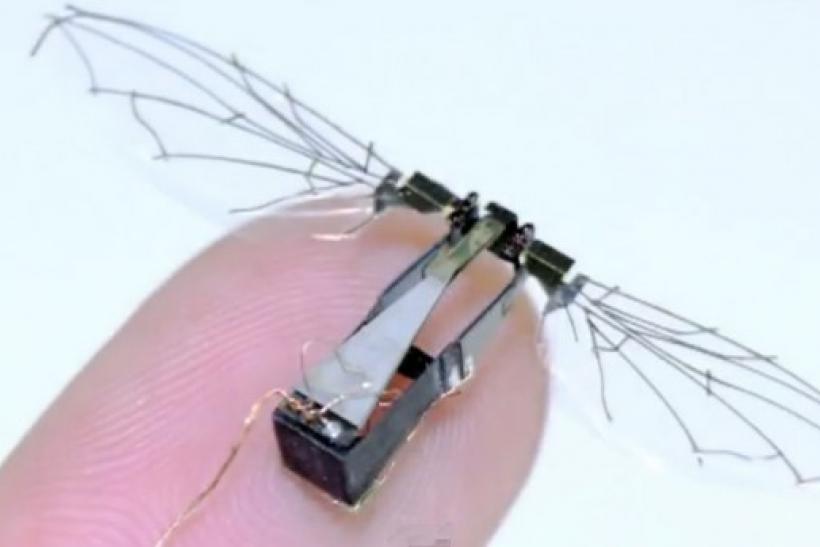
The Future of Mini Drones or MAV’s (Micro Air Vehicles)
Drones have been around for some time but the on-going technological development in advanced engineering is astonishing. Can you imagine a swarm of robotic and autonomous insects?
When you think of mosquitoes, there really aren’t many good things to say. They often carry potentially lethal diseases such as malaria. Mosquitoes are annoying and their bites can be really painful, itchy and irritating.
This is not what Zoologists from the University of Oxford and the Royal Veterinary Hospital in Japan are focusing on though. In fact, they’ve discovered something very interesting.
Unknown Aerodynamics
Through extensive research they have identified two previously unknown aerodynamic tricks the mosquitoes use when flying. Similar to other flying animals, mosquitoes flap their wings to generate rotating vortices which provide lift and herein lie the difference.
Mosquitoes also use never-seen before trailing edge vortices and rotational drag which help increase the amount of lift their narrow wings generate. They align their wings with fluid flow patterns from the previous movements they made – essentially recycling energy.
They are difficult to track and this can be attributed to their diminutive size and wings which are longer and narrower than any other flying insects. Amazingly, they can flap their wings around 800 times per second.
Because mosquitoes are so elusive, the team used high-speed photography and 3D computer modelling in a controlled environment to study their unpredictable flight patterns. Eight infrared cameras were filming from different angles recording at 10 000 frames per second and the results were astounding.
Research Conclusion
The study indicated that the longer, narrower wings of the mosquito can increase lift force which could reduce the cost of flight once implemented in a real-life scenario. This has the potential to greatly aid in the design and development of components for MAV’s or mini drones for commercial use, military applications and in other sectors.
To find out more, take a look at the research paper in Nature. What are your thoughts on the use of drones for military or commercial purposes?
This site uses Akismet to reduce spam. Learn how your comment data is processed.


 Mail:
Mail: 




Leave a Comments